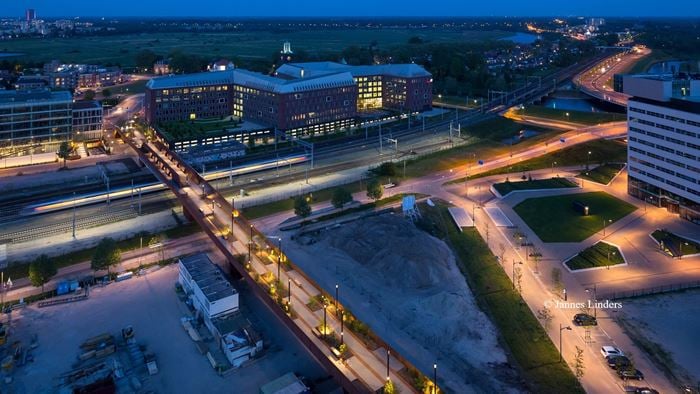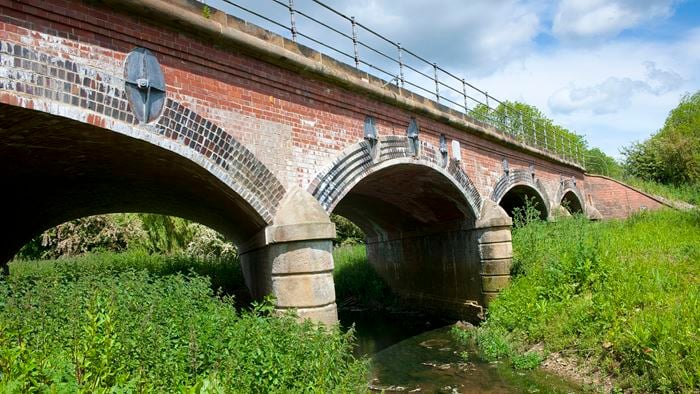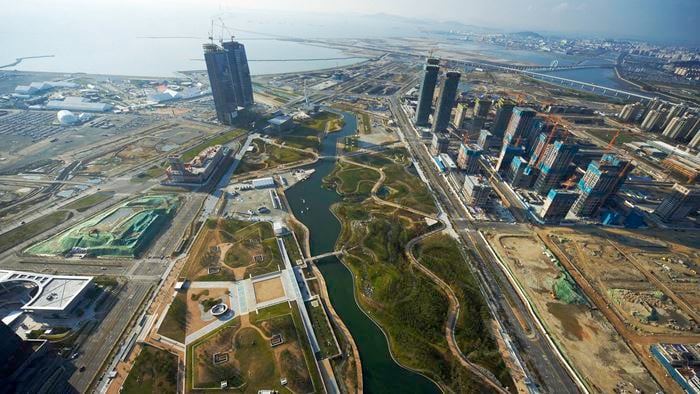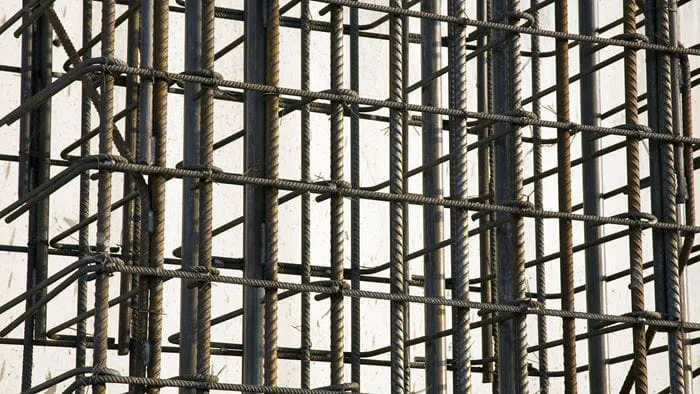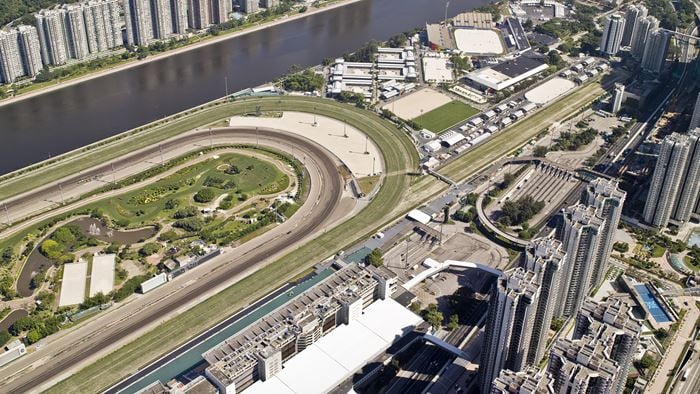The £70 million Ipswich Rail Enhancement Project included the construction of Ipswich Chord and associated improvements to Ipswich Yard.
The Ipswich Chord is a new double-track section of railway, 1.2 km long, with double junctions at each end. Prior to the opening of the Chord in March 2014, there was capacity for 28 freight trains per day in and out of Felixstowe. When the Chord is at full capacity in 2030, and after other infrastructure improvements are complete, there will be 56 paths available.
The Arup brief was for full multidisciplinary design, environmental management systems (guiding the project through Development Consent Order approval), plus rail engineering disciplines. These included Permanent Way (track), Electrification and Plant (E&P), both Lineside Plant and Overhead Line Electrification (OLE); Signalling and Telecoms systems. We also provided site technical liaison to provide a direct interface with the contractor during the construction period.
To address a 10 month programme reduction, for the first time on the UK rail network, ‘Controlled Modulus Columns’ (CMC’s) were installed by subcontractor Vibro Menard and used as ground treatment beneath the new embankment in areas of significant alluvial deposits.
As part of the project Arup designed four bridges, using Solidworks parametric CAD software in a BIM environment. This provided a buildable design with clashes identified, construction sequencing worked out and risk minimised.
Track design for the Chord consisted of 1.2km plain line twin track curve with a significant portion on an extremely tight radius curve. At either end, the twin challenges of designing the first double junction with switch diamond in the UK and a contra flexure double junction on top of a bridge were met.
The Chord and Ipswich Yard upgrade, although separate projects, were intrinsically linked due to their overlapping nature. To facilitate approvals on signalling design, Arup proposed that both schemes were joined, then having a clear understanding of the complete picture, devolved into discrete projects for delivery.
The Development Consent Order (DCO) Process
Network Rail submitted a Development Consent Order (DCO) in 2011. Under the DCO process, a number of related consents such as planning permission, compulsory purchase, and protection of water resources are combined into a single application which is considered centrally by the Planning Inspectorate and approved by the relevant government minister.
In total, Arup’s team negotiated agreements relating to ecology, landscape design, archaeology, waste and resources, traffic management, noise and vibration, air quality and light pollution. In addition, working with The Spencer Group, we developed pollution incident controls and a communications plan that, in combination, ensured prompt access to the site, and timely practical commencement of work.
By developing clear criteria for the Design Environmental Management Plan (DEMP) features such as a riverside nature reserve and otter protection measures were built into the scheme. In addition, key Arup staff delivered specific training to meet the project’s stringent environmental requirements.
The DEMP was translated into a comprehensive Construction Environmental Management Plan (CEMP) which ensured the contractor’s compliance with the DCO and eliminated potential delay arising from public complaints or regulatory enforcement.
Working with The Spencer Group, Arup developed processes to comply with all requirements of the DCO, and agreed these with Ipswich Borough Council and other regulators such as the Environment Agency, Natural England, and English Heritage.
Ipswich Yard
The Ipswich Yard remodelling scheme, which followed on from the completion of the Chord project, involved the extension and remodelling of an existing siding facility to accommodate longer freight trains. Arup’s continued role in this was briefly:
-
to extend 3 sidings to provide a minimum of 662m of train standage
-
to convert an existing through goods line into a reception siding
-
to provide a new line connection towards Felixstowe
-
associated Electrification / Drainage / Bridge Parapet Upgrades
-
associated S&C, Signalling, Civil Engineering, E&P and Telecoms
The original preliminary design that was passed to us was significantly optimised through our detailed design process to provide a best value solution.
The newly upgraded Ipswich Yard, was completed in 2015, and is now fully operational to freight operating companies.
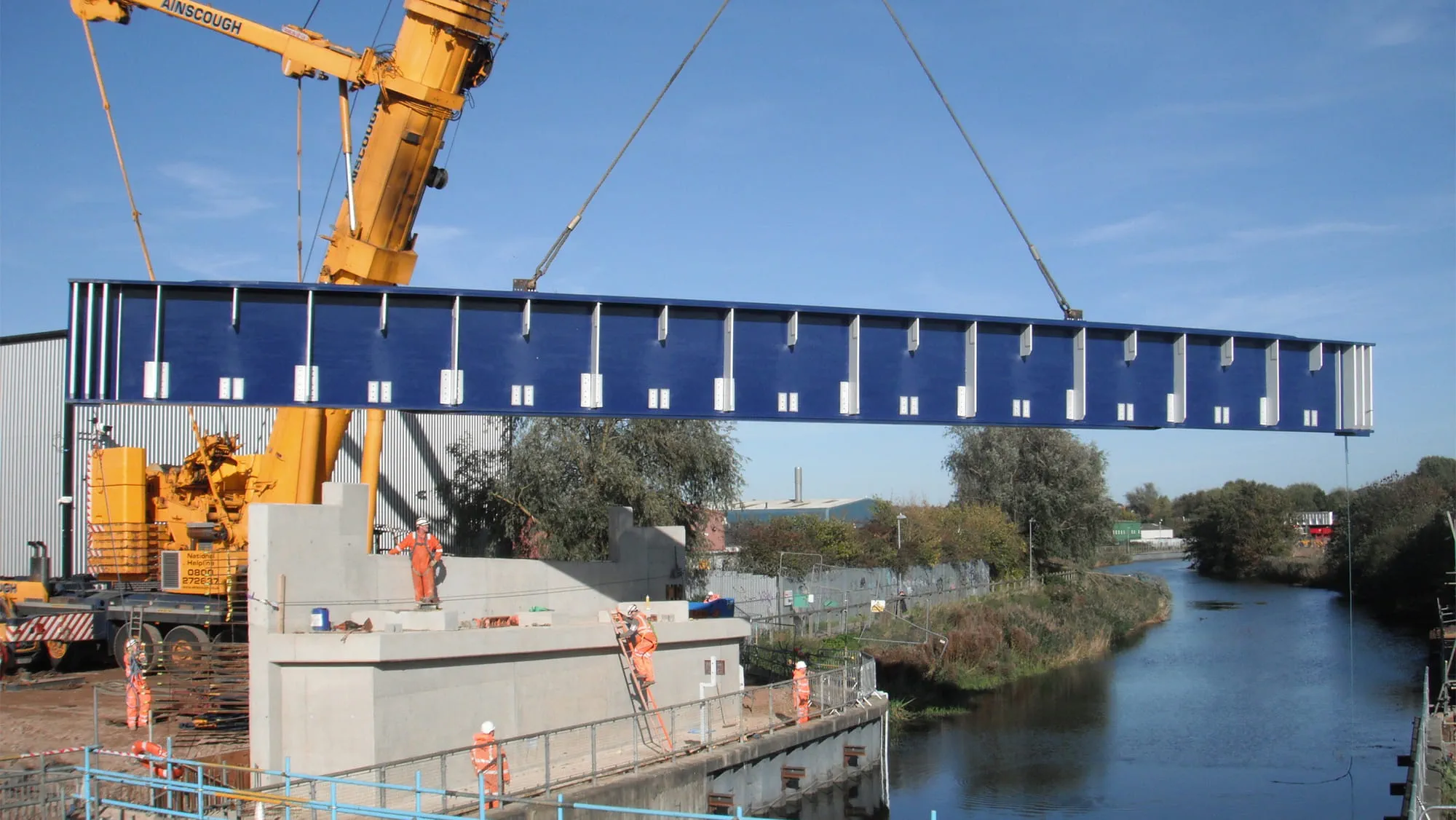 ;
;




